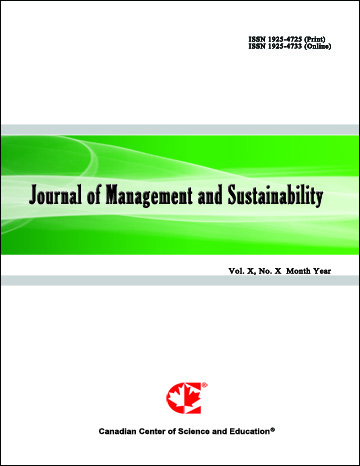In Health Care, It Pays to be Green
- Susan Christoffersen
- Elizabeth Granitz
Abstract
Firms have a responsibility to their shareholders to maximize their financial performance however they are increasingly scrutinized for environmental practices as well. These two objectives are often thought to be in conflict; it can be costly to be a good steward of the environment however it may be more costly in the long run to ignore societal pressures and environmental impacts. While various studies provide ambiguous and sometimes contradictory results, we conduct a rigorous analysis of the health care sector using Trucost’s Environmental Impact Score and financial data. The study uses regression analysis to identify the extent to which the benefit to the firm of reducing its environmental impact is financially beneficial. In the health care sector, an increase in the environmental impact score of 1 unit is correlated with an increase of 4% of their earnings per share. Improving the environmental bottom line improves the financial bottom line.
- Full Text:
 PDF
PDF
- DOI:10.5539/jms.v6n2p103
Journal Metrics
Google-based Impact Factor (2021): 1.54
h-index (July 2022): 37
i10-index (July 2022): 147
h5-index (2017-2021): 12
h5-median (2017-2021): 19
Index
- Academic Journals Database
- ANVUR (Italian National Agency for the Evaluation of Universities and Research Institutes)
- CAB Abstracts
- CNKI Scholar
- EconBiz
- Excellence in Research for Australia (ERA)
- GETIT@YALE (Yale University Library)
- Harvard Library
- HeinOnline
- Infotrieve
- JournalTOCs
- LOCKSS
- MIAR
- PKP Open Archives Harvester
- RePEc
- Scilit
- SHERPA/RoMEO
- Stanford Libraries
- UCR Library
Contact
- Evelyn XiaoEditorial Assistant
- jms@ccsenet.org
